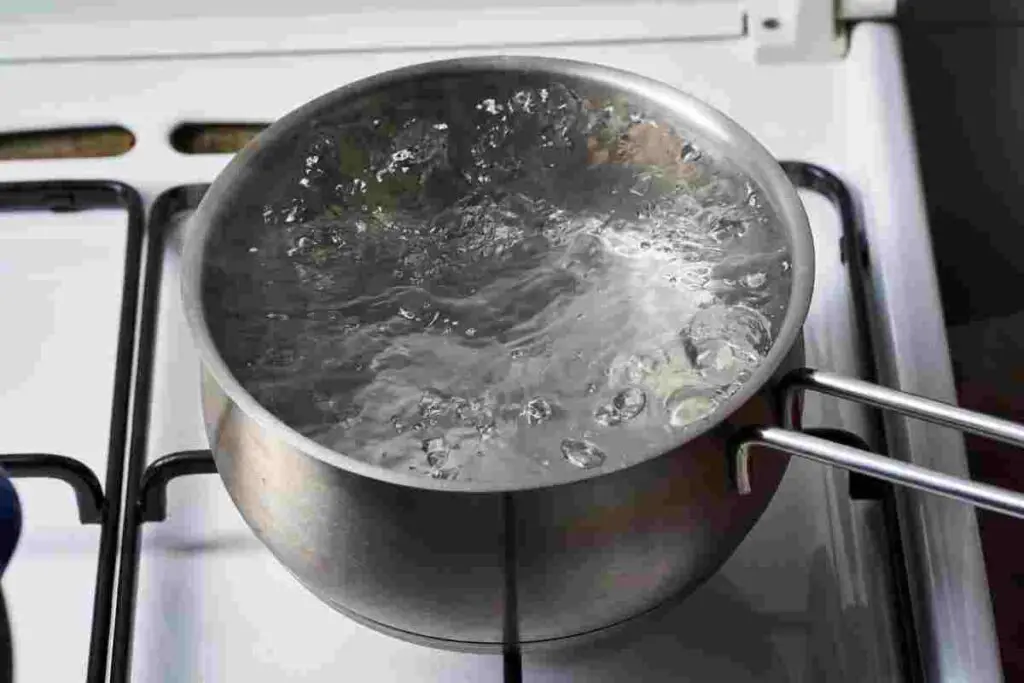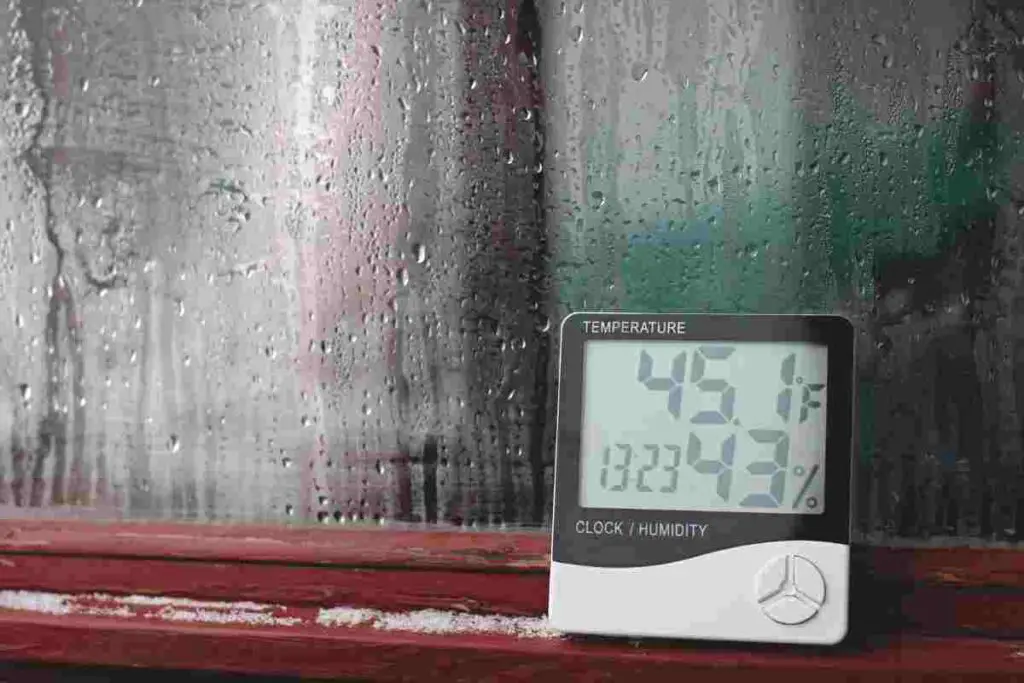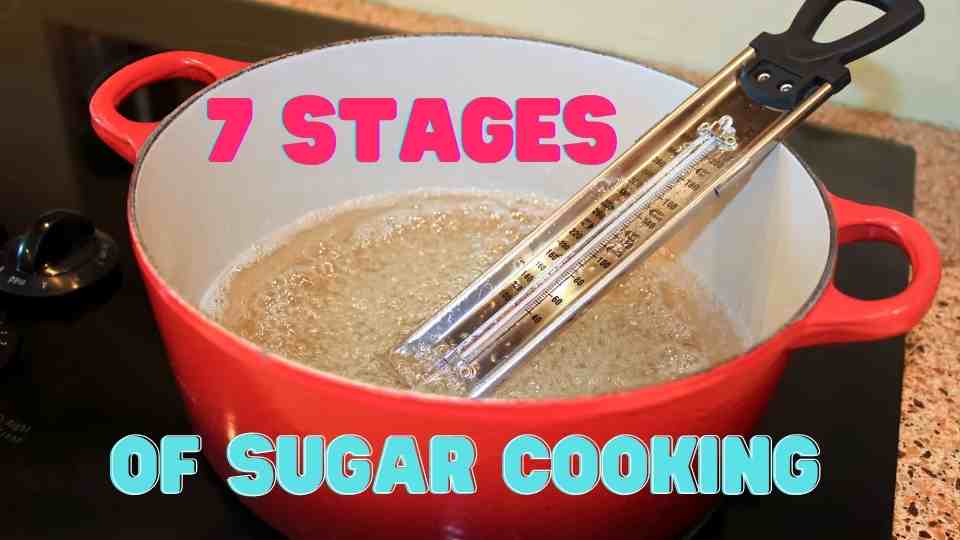There are 7 stages to cooking sugar with different textures for each: thread, soft ball, firm ball, hard ball, soft crack, hard crack, and caramel.
Here are some ballpark temperature ranges for each stage of sugar cooking using the cold water test along with typical appearances and textures:
| Stage | Temperature | Description | Example |
| Thread | 230°F – 234°F | Thin threads; sugar does not ball up when put in cool water | Shaved ice syrup |
| Soft ball | 235°F – 240°F | Holds a clump shape outside of water. Will flatten when left alone. | Fudge, fondant |
| Firm ball | 241°F – 249°F | Forms a firm ball outside of water. Doesn’t flatten unless squeezed. | Caramel candy |
| Hard ball | 250°F – 268°F | Almost a complete solid. Sugar ball will be hard but can still be manipulated by squeezing. Can also be pulled apart. | Gummy candy, marshmallows |
| Soft crack | 270°F – 295°F | Forms flexible strands of sugar in water | Taffies and butterscotch |
| Hard crack | 298°F – 310°F | Forms brittle strands of sugar in water | Hard candies |
| Caramel | 320°F+ | At this point, all the moisture and water are gone from the boiling sugar. This is where your light and dark caramels start to come in. | Caramel sauce or candy-coated nuts |
Candy-making is a science and art
For cooking purposes, it’s important to use a calibrated candy thermometer so you know when your sugar has reached the right temperature for cooking!
It is easy to calibrate a thermometer; take water to boiling temperatures (212°F) and use the reading on the thermometer to add or subtract degrees based on the difference.
But don’t worry, there is also a way to eyeball the temperatures depending on how the boiling sugar syrup acts when dropped in cold water.
For example, during the thread stage, when the sugar is put in cool water, it will form long threads that do not clump into a ball. The sugar syrup from the soft ball stage after being dropped into cold water holds its shape in a soft ball-like clump.
The best way to make candy is to use a candy thermometer along with a cold water test. That way, you can get a feel for how hot the sugar is based on looks.
What is a cold water test?

A cold water test is a way to estimate the temperature of a boiling sugar solution without a thermometer. This is not a completely reliable method, but it is the best option without a thermometer at hand. It might take a couple of tries to get the right consistency.
For fewer headaches and guesswork, a good candy thermometer is the best way to test cooking sugar and caramelize it correctly every time!
Why humidity matters

Humidity plays a crucial role in the delicate art of candy making, influencing both the texture and flavor of the final product. One of the primary factors affected by humidity is sugar crystallization.
In high-humidity environments, the moisture in the air can interfere with the sugar molecules, making it challenging for them to form the smooth and fine crystals essential for creating a silky texture in candies like fudge and caramels.
Conversely, in low humidity conditions, the rapid evaporation of water from the sugar syrup can lead to quick and uncontrolled crystallization, resulting in a gritty and unpleasant texture.
Furthermore, humidity can impact the overall stability of candy recipes. Excessive moisture in the air can cause sugar to absorb water, leading to the formation of a sticky and tacky surface on candies.
Reference
“The Cold Water Candy Test”. Exploratorium. www.exploratorium.edu/cooking/candy/sugar-stages


